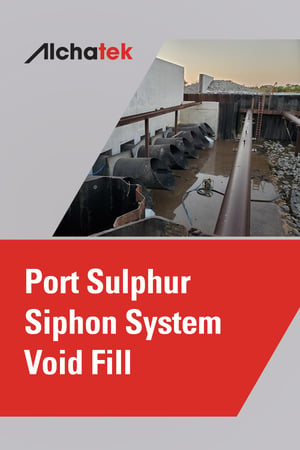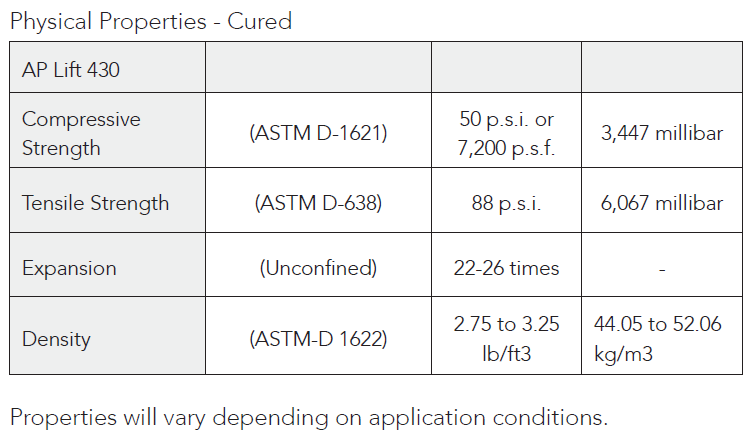
 The Army Corp of Engineers (ACOE) builds and manages numerous projects along the rivers and waterways of the United States. On our mightiest river, the Mississippi, the ACOE was tasked with upgrading the large siphon systems that are used to draw down the river level during flood events. To prevent catastrophic flood damage, these siphons kick on if the river is going to crest over the top of the levees.
The Army Corp of Engineers (ACOE) builds and manages numerous projects along the rivers and waterways of the United States. On our mightiest river, the Mississippi, the ACOE was tasked with upgrading the large siphon systems that are used to draw down the river level during flood events. To prevent catastrophic flood damage, these siphons kick on if the river is going to crest over the top of the levees.
The first thing you see when you visit the site is a massive concrete bulkhead about 30 feet tall, 8 feet thick, and over 100 feet wide. Penetrating through the bulkhead are eight 84” ductile iron pipes through which the river water is ejected if the siphon kicks on. It is at these penetrations that the ACOE was looking for some ideas.
When the bulkhead was constructed, eight large square holes were formed across the face before pouring the concrete. It is through these large square holes that the 84” diameter pipes are placed. The ACOE was looking for solutions to fill the annular space between the round pipe and the square hole.
Powerful Polymers
After consulting with New Orleans-based contractor KMH Coatings and the ACOE, it was decided that a high-density polyurethane foam would be perfect for the application. NSF-approved AP Lift 430 was selected as the go-to product. Its combination of excellent strength, yield, and bond is ideal for these kinds of structural void fill applications, but most importantly it is watertight.

Painless Procedures
KMH mobilized their polyurethane spray rig and the AP Lift 430 was sprayed into the annular space around each of the 8 pipes. AP Lift 430 is most commonly known as a first-class concrete lifting polymer but a large percentage of applications are void fills. Once the void was filled, they attempted to cut off the overspray but it proved to be too dense to cut. Instead, a disc grinder was used to sand down the polymer foam flush with the face of the concrete bulkhead.
Rapid Result
The ACOE was extremely impressed by the toughness of the product and with the minimal time that it took to install it; two days from start to finish.


